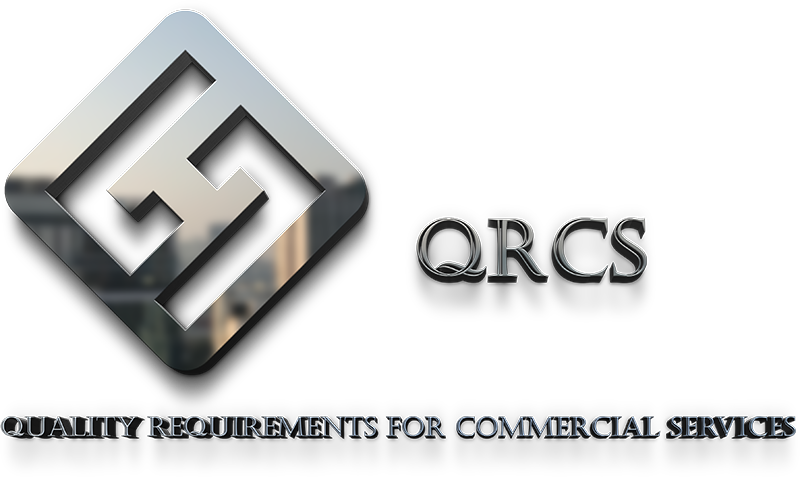about the course
This course provides an overview of process safety engineering fundamentals for hydrocarbon processing facilities, with emphasis on the upstream oil and gas sector. The focus of this course is on the engineering/design aspects of Process Safety Management. Frequent reference will be made to historical incidents and recurring problem areas. Techniques for analyzing and mitigating process safety hazards applicable to oil and gas processing will also be reviewed. Integration of the concepts covered to achieve a measured approach to Process Safety Engineering is a key aim of this course as well. Exercises and group projects will be utilized to emphasize the key learning points.
designed for
Facilities, process, and design engineers, as well as new safety/loss prevention engineers who require an overview of Process Safety Engineering.
you will learn
Types of equipment and process systems that have historically been problematic in the Upstream and Midstream oil and gas industry
Basics of risk analysis
Thinking in terms of Inherently Safer Design
Most common process hazard analysis methods and where they are used
Layers of Protection concept – what the different layers are and how they are applied
Detection and mitigation methods for different types of hazards
course content
- Historical incidents and problem areas
- Risk analysis basics
- Process hazards analysis techniques – overview
- Layers of protection
- Inherently safer design
- Hazards associated with process fluids
- Leakage and dispersion of hydrocarbon releases
- Combustion behavior of hydrocarbons
- Sources of ignition
- Hazards associated with specific plant systems
- Plant layout and equipment spacing
- Pressure relief and disposal systems
- Corrosion and materials selection
- Process monitoring and control
- Safety instrumented systems
- Fire protection principles
- Explosion protection
